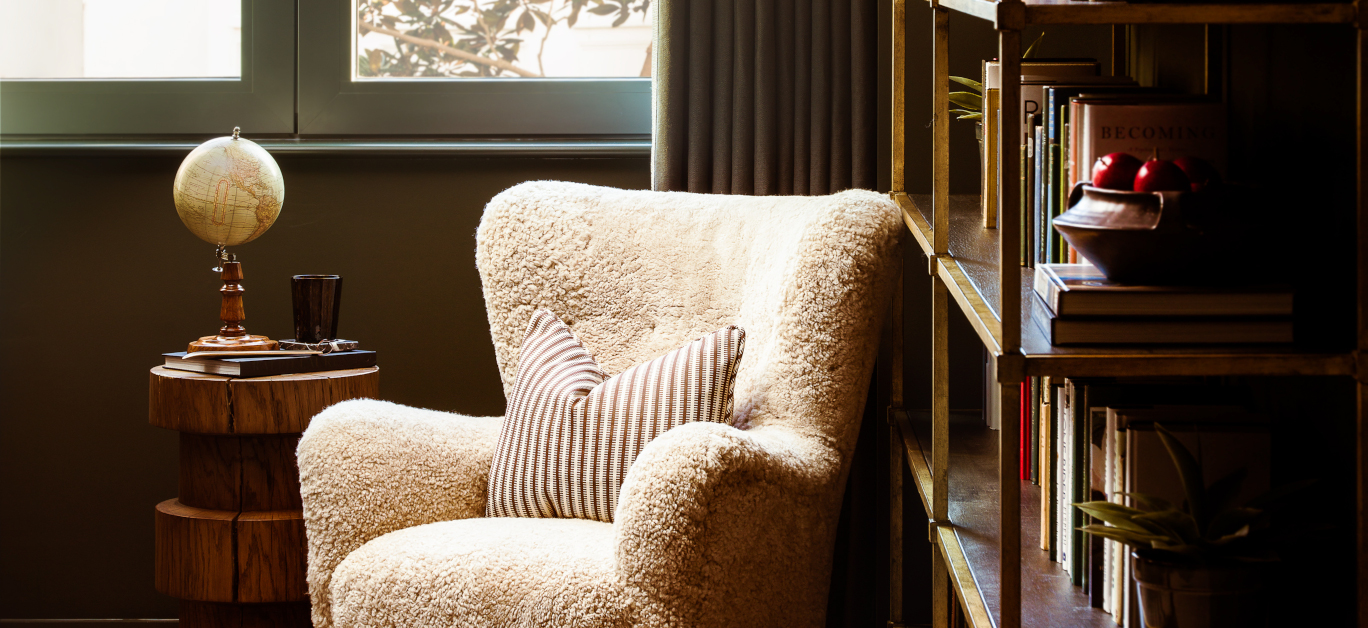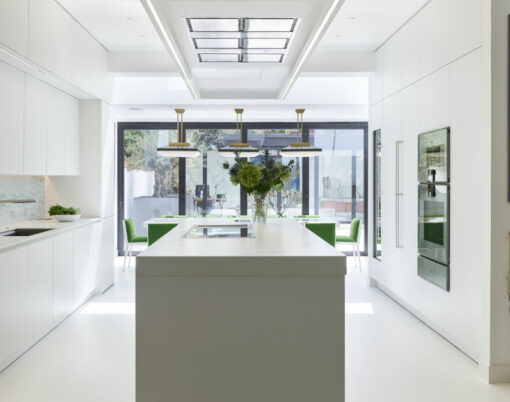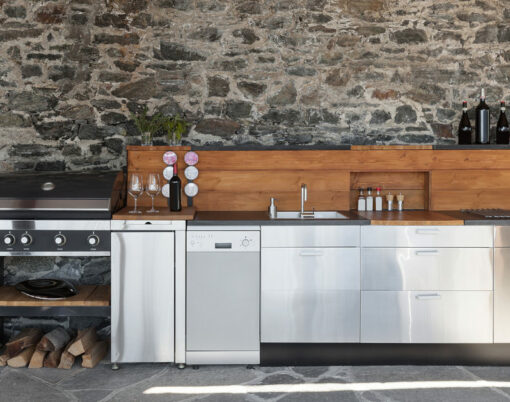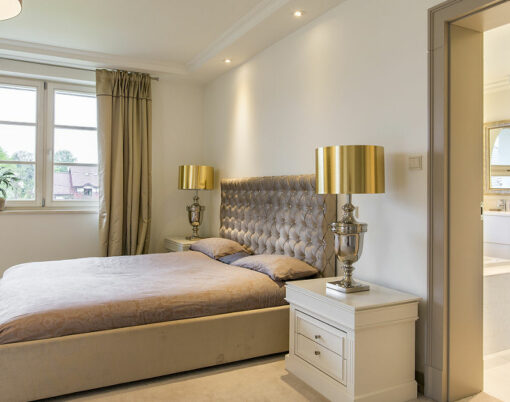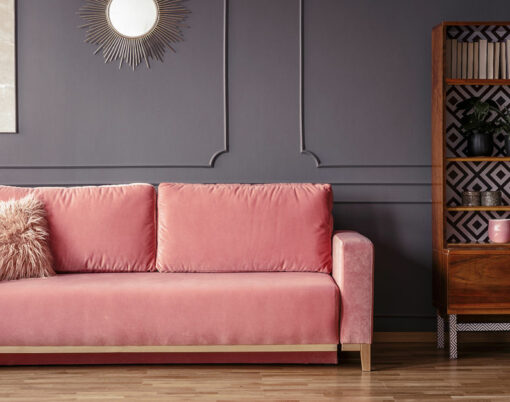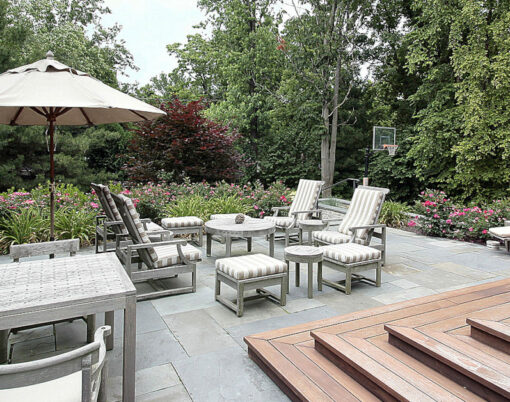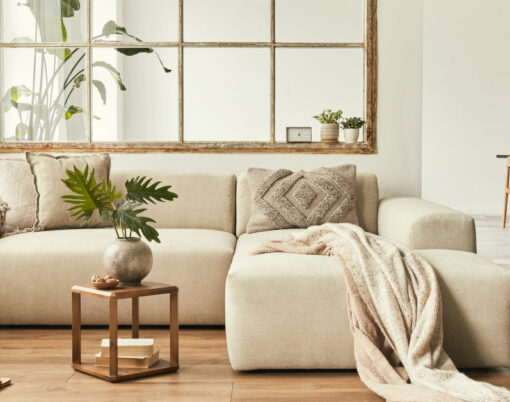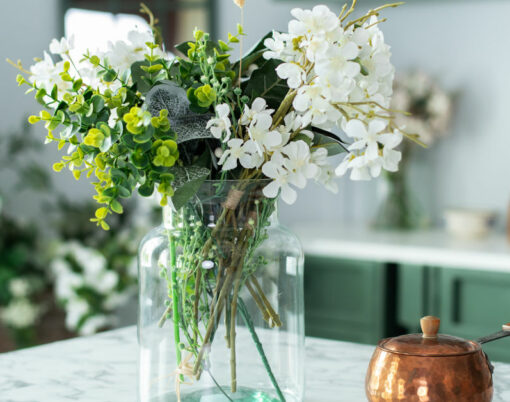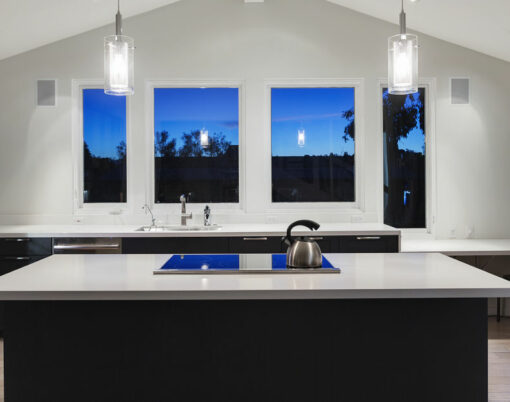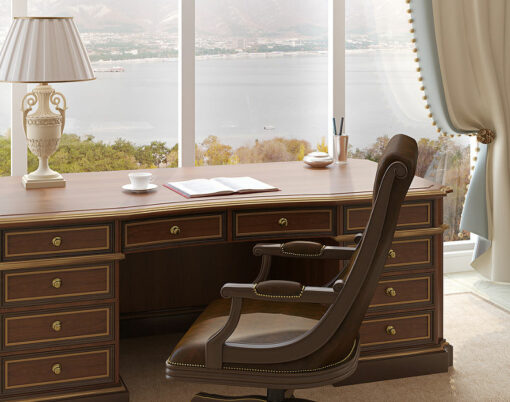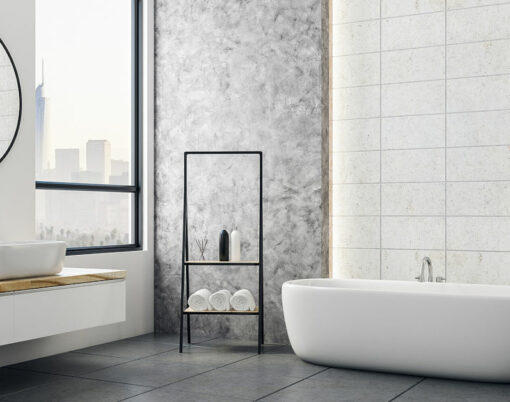Texture is one of the most important elements of interior design. Once you have recovered original architecture, chosen your colour palette and configured your layout, texture can elevate a space and add a sense of depth, weight and tone to a room. Read on to discover these tips from the interior design experts.
Don’t think of texture as an afterthought
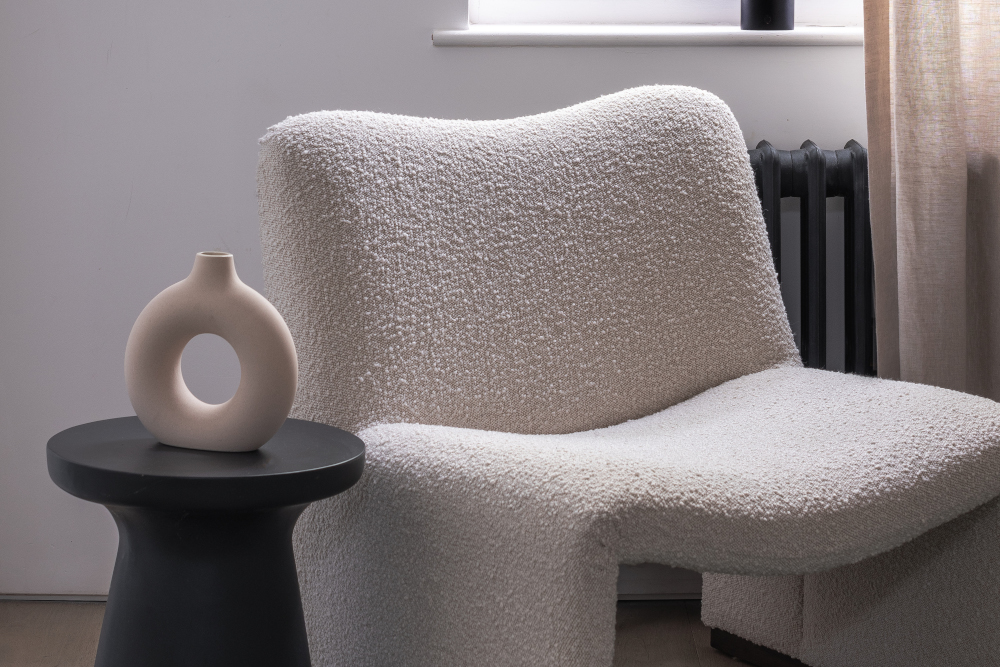
Camilla Clarke, creative director at Albion Nord, believes that we should “consider texture to be as important as colour and pattern”. She adds: “There is nothing worse than a flat design. Interiors are all about evoking the senses and therefore texture is a vital ingredient to every design to get our sight and touch senses going. Try mixing different textures such as natural linens with soft velvets or robust leathers with thick wools.”
Look towards the walls
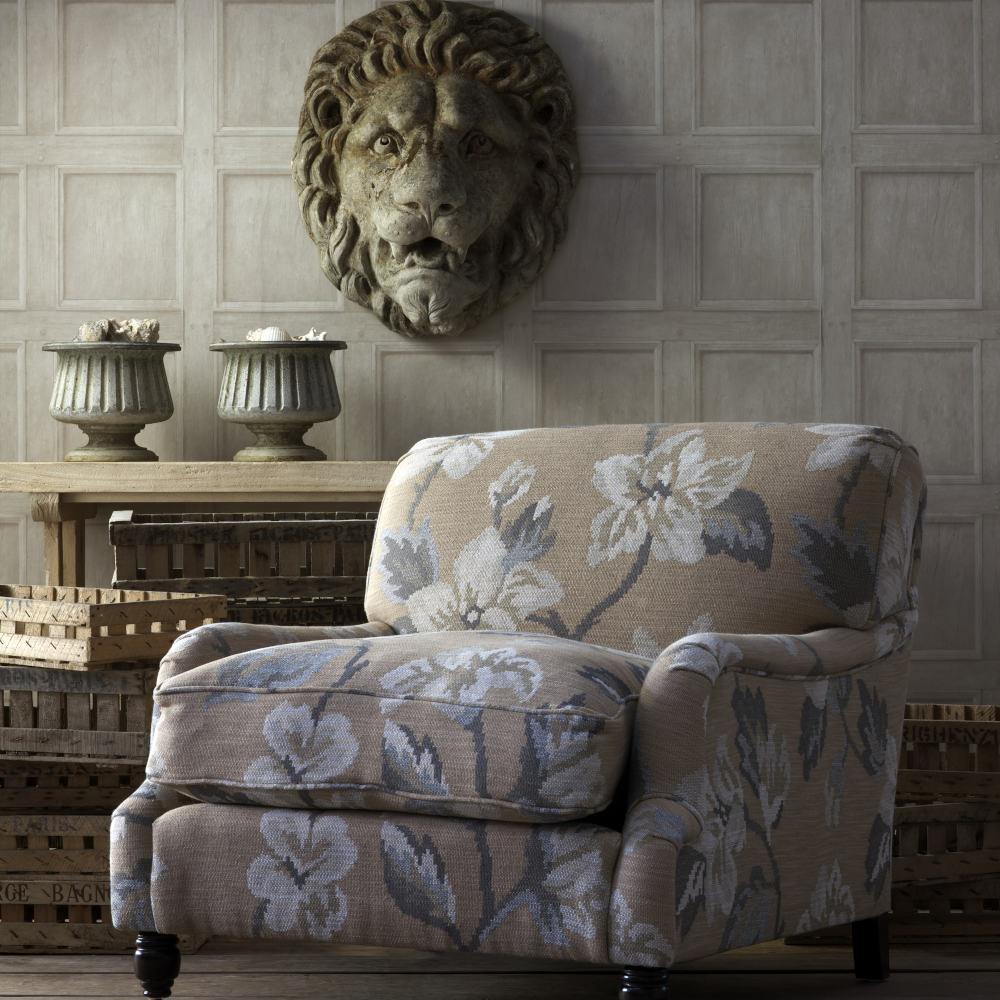
According to Martin Waller, founder of luxury design brand Andrew Martin: “Wall panels add subtle textures and still achieve their original function of maintaining warmth, fulfilling our longing for the tactility and natural materials that modern life is often lacking.
He added: “Wall panelling is often seen as a traditional addition to our homes but fast forward to today and many people are adding their own spin to panelling, making it a more accessible design trend, which makes it so relevant for decorating in 2022. If taking part in this DIY task seems overwhelming, you can now achieve a wall panelling look through the use of wallpaper which offers the same effect requiring minimal effort.”
Layer your lighting
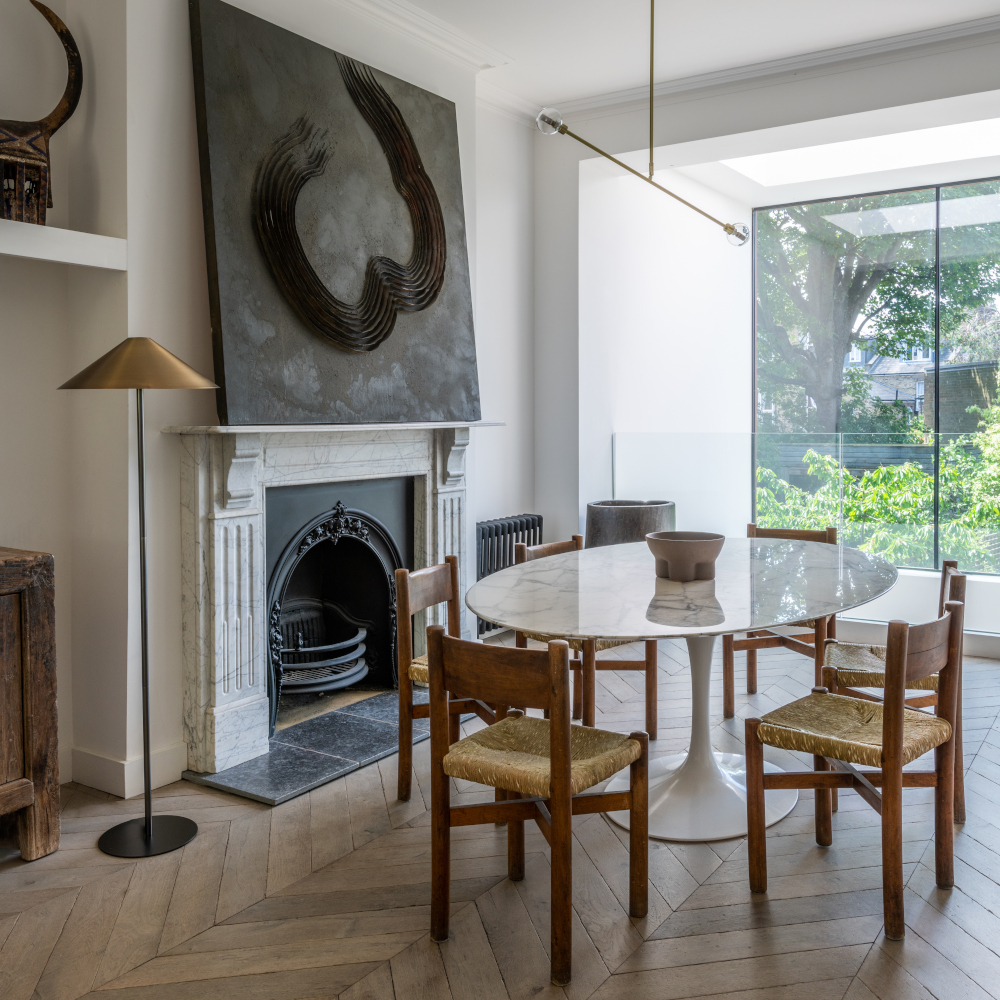
You may not think of lights as being able to add texture to a room, but they can be another great tool in creating more layers. Distinct light sources diffuse around a room differently and provide a varied effect, highlighting some areas while mood-lighting others.
Niki Wright, co-founder of lights&lamps, explains: “We are designing products with exaggerated scale to create interest and a sense of fun. This could be across a collection of lamps with a similar textured surface, or the use of geometric shapes such as domes, cones and globes. A statement lamp can have such gravitas in a living room whilst a similarly shaped lamp in a smaller scale can be a lot more practical in a nook or placed on a small shelf whilst still coordinating.”
Start from the floor up
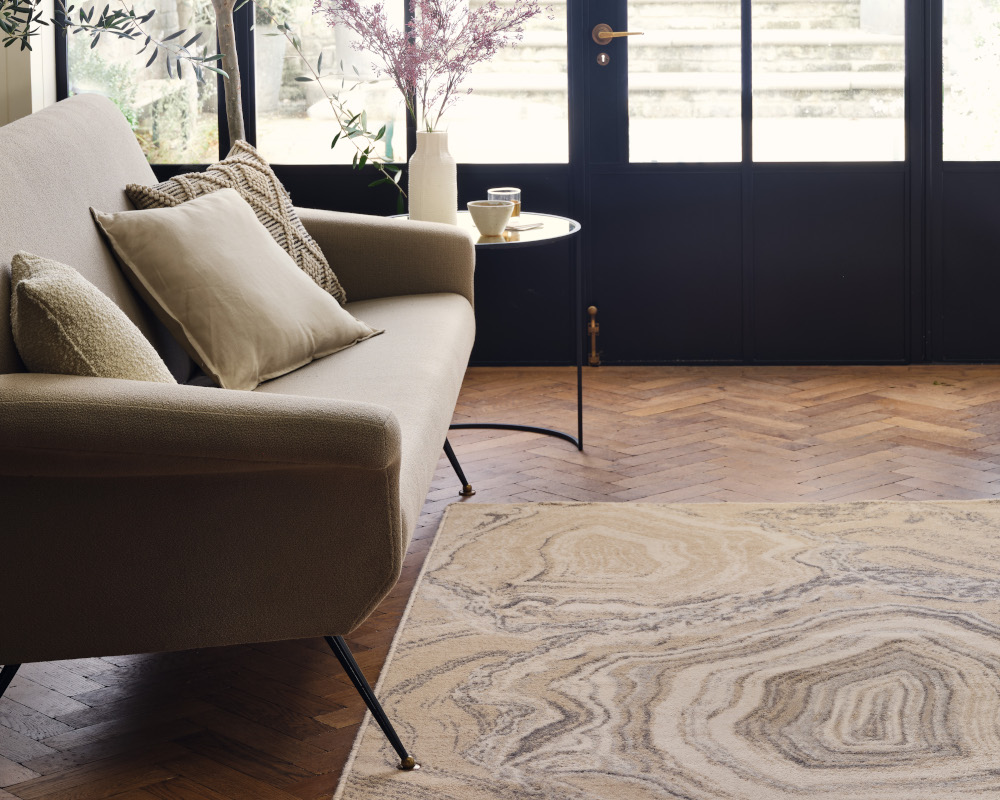
Rugs are the simplest texture creators, as placing just one in an interior can quickly bring a room’s décor together. You shouldn’t assume that you have to just go for a fluffy rug to add visual texture, woven or knitted rugs can be just as tactile.
Jodie Hatton, design manager at heritage carpet company Brintons, tells us: “Heading into the colder months, layering rugs on either a hard or carpeted floor is a wonderful way of bringing even more warmth, texture, and vibrancy into a space. To create a balanced scheme, it is important to consider the composition of the colours and patterns that you’re combining, as too many can easily overwhelm a scheme.
“As a general rule, it is a good idea to pick out just a few colours and run them throughout the rug scheme or use a hue that harmoniously works well as a backdrop such as greys or beiges. Similar to how dark walls can transform a small room or a patterned wallpaper can bring interest to otherwise dull space, a patterned rug is an inspired way to make a feature of a smaller room. It can help to add interest and character to the room. By pairing rugs together, the combination also illustrates their different weaves and prints making a unique design statement and playfully ties a room together.”
Lift a kitchen design
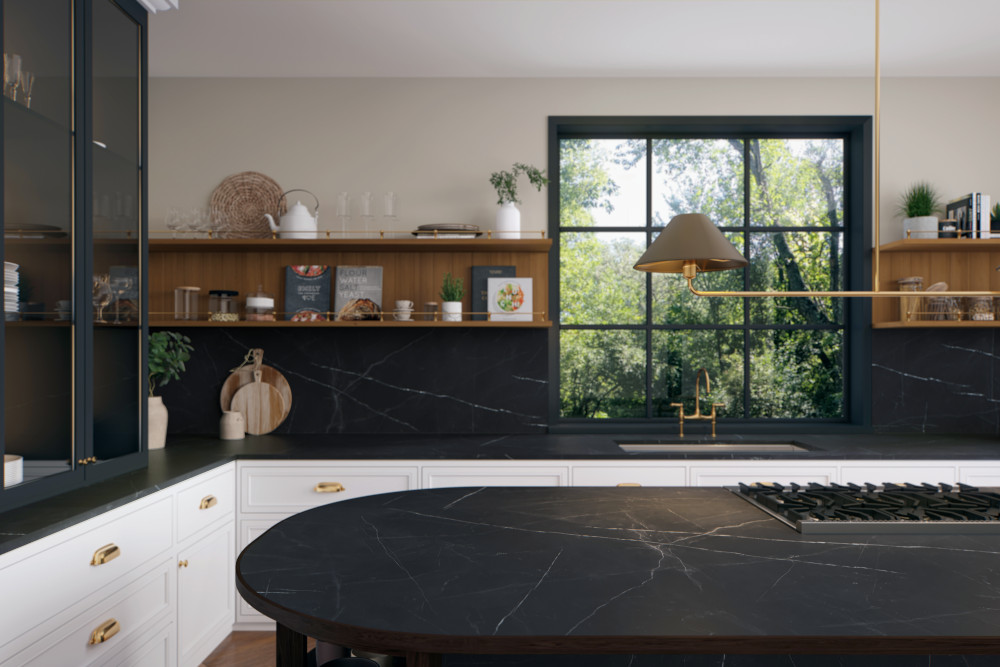
The right textures and materials can truly transform a kitchen from dull to divine, according to Caesarstone’s head of design Mor Krisher. He explains: “Contrary to what people often think, black or dark kitchens aren’t always sombre or austere. Dark colours can be bold and dramatic or warm and cosseting. They have within them so many different nuances, tones and tactility that give them different character. They can be basic or sophisticated, daring or elegant, industrial or classic, traditional or modern.
“Starting a kitchen design with a black worktop can lead you down a very exciting route as you start to pair it with different door colours, appliances, and accessories and if you are already shying away from all white spaces, it’s a great way to go.”
The right materials for the job
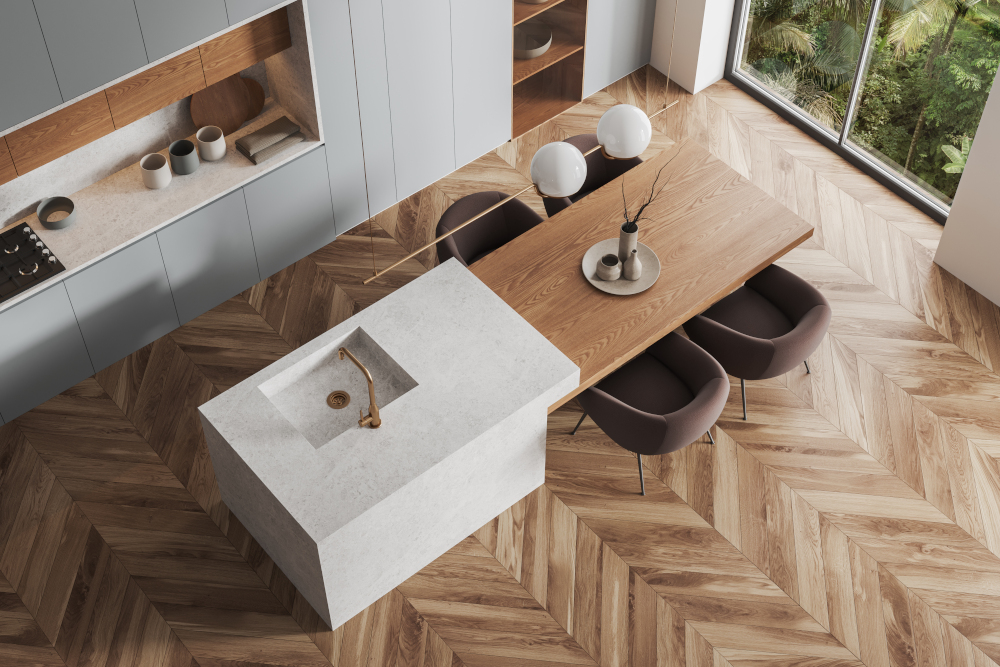
From warming woods to glossy marble and sumptuous faux fur to trendy wicker, the materials you choose to make up your home with can make a major difference in the overall look and feel of what you’re looking to create.
We asked those in the know at Home Group, one of the best home building companies in Perth, WA where you should start when considering the right materials for your home update. They said: “There are many factors that will come into play such as the age of your home and the style you’re looking to showcase within your renovations; the climate you live in will typically decide your flooring; and ultimately what your budget is and what you actually like the look of.
“Don’t be tempted to deck your house out in herringbone wood flooring just because it’s on trend if you don’t actually like the feel of hardwood floors underfoot. Do your research, have a vision, talk to the professionals and have it clear in your mind what you want the final outcome to look like. Don’t be afraid to mix and match design styles to add some character and your own personal touch to your abode.”












